



The standard of ISP chips
I. The Critical Role of ISP Chips in Modern Technology
With the rapid advancement of smart devices, IoT, and AI technologies, image processing has become indispensable in terminal products. ISP (Image Signal Processor) chips are central to camera systems, directly influencing image quality and user experience, making them a key competitive differentiator in product development and industry evolution.
The performance of an ISP chip is defined by:
- Image processing capabilities
- Algorithm optimization
- Hardware architecture
- Compatibility and flexibility
II. Technical Differentiation of ISP Chip Tiers
1. Processing Capabilities & AI Integration
- High-end ISP chips support advanced features like HDR, wide color gamut, low-light optimization, multi-frame noise reduction, AI-enhanced imaging, and real-time video processing.
- With AI integration, some chips enable image recognition, scene analysis, and intelligent beautification, transforming raw signal processing into intelligent image optimization.
2. Hardware Architecture & Performance
- High-end chips leverage DSPs, GPUs, or NPUs to accelerate processing, enabling:
- High-resolution image support
- Multi-stream input handling
- High frame rate video processing
- These chips excel in complex algorithms, low latency, and stable low-power operation.
- Lower-tier chips are limited to basic image processing, struggling with HD imaging, dynamic scenes, or multi-camera applications.
3. Compatibility & Application Flexibility
- High-end ISP chips offer:
- Multi-sensor interface support
- Diverse resolution outputs
- Adaptability across industries (smartphones, surveillance, drones, automotive).
- Mid- and low-end chips face interface restrictions and narrower use cases.
4. Real-World Performance Gaps
- Smartphones: High-end chips enable night photography, HDR video, ultra-wide-angle shots, and AI scene recognition.
- Surveillance & Automotive: Demand stability, low-light performance, and real-time processing.
- Industrial Applications: Prioritize reliability, environmental tolerance, and scalability.
III. Future Trends: Intelligence, Integration & High Performance
1. Intelligence
- ISP chips will increasingly rely on AI algorithms for image enhancement and scene understanding.
2. Integration
- Tighter integration with SoCs or multi-sensor modules will enable smaller form factors and better performance.
3. High Performance
- Advances in architecture and algorithms will drive:
- Higher resolutions
- Faster frame rates
- Lower power consumption
As the market shifts toward high-quality imaging and intelligent vision, ISP chip capabilities will become a primary benchmark for evaluating terminal products.
4. The Evolving Core of Imaging
From traditional denoising to AI-driven optimization, and from single-camera to multi-camera coordination, high-end ISP chips are pushing image processing toward intelligent, multifunctional frontiers. With algorithm refinements, hardware upgrades, and deeper AI integration, ISP technology will continue to elevate, laying the groundwork for next-gen smart devices and imaging applications.


Please contact us if the source is mislabeled or violates your legal rights.
We will promptly correct and delete, thank you.
- ISP co-processor
- The standard of ISP chips
- What is the power consumption level of t...
- In what scenarios can the performance of...
- Smart Home Products with Rockchip RK3588...
- Kylin ISP chip
- Purchase of ISP chips
- How fast is the read speed of Winbond W2...
- The motherboard of the industrial comput...
- spi ethernet chip in qfn package
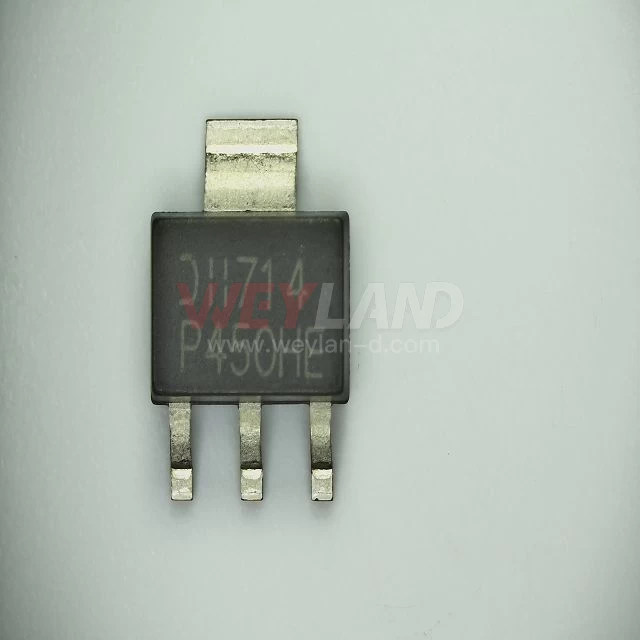
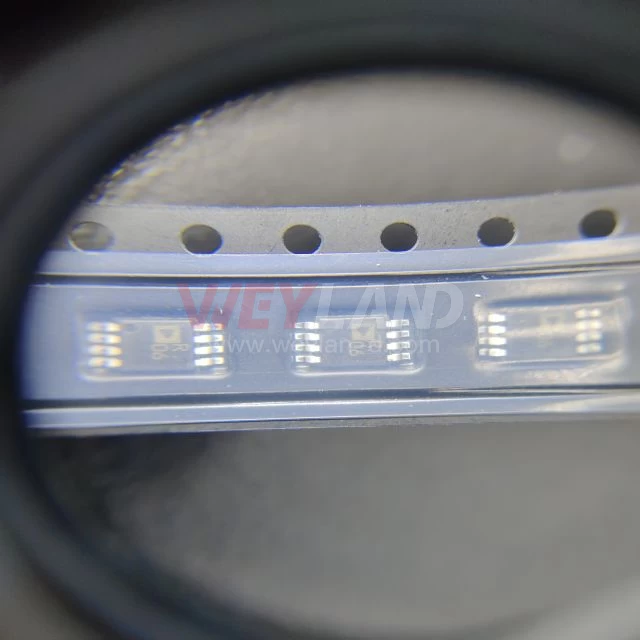
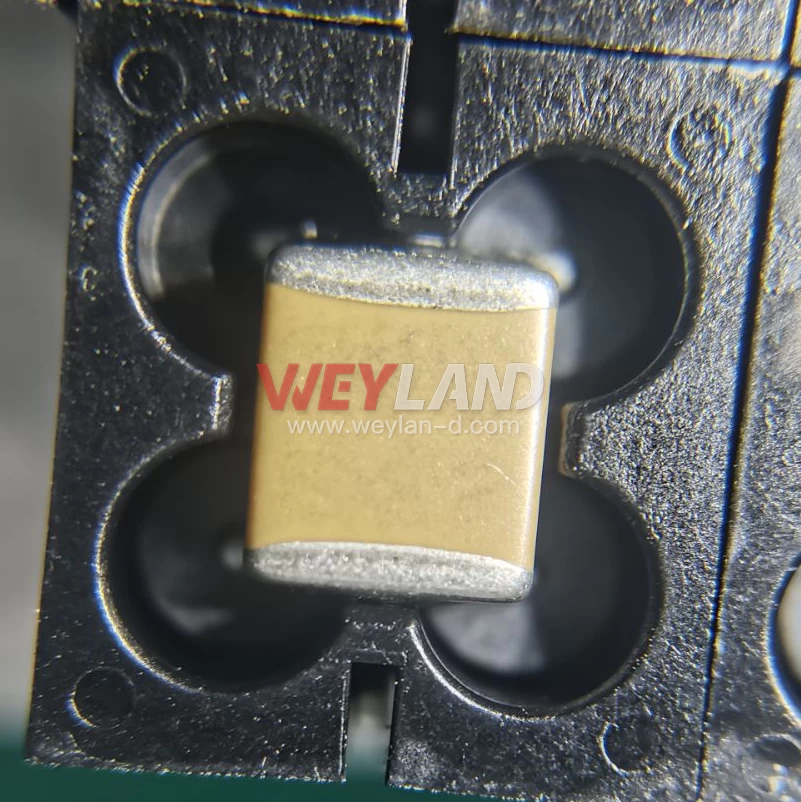
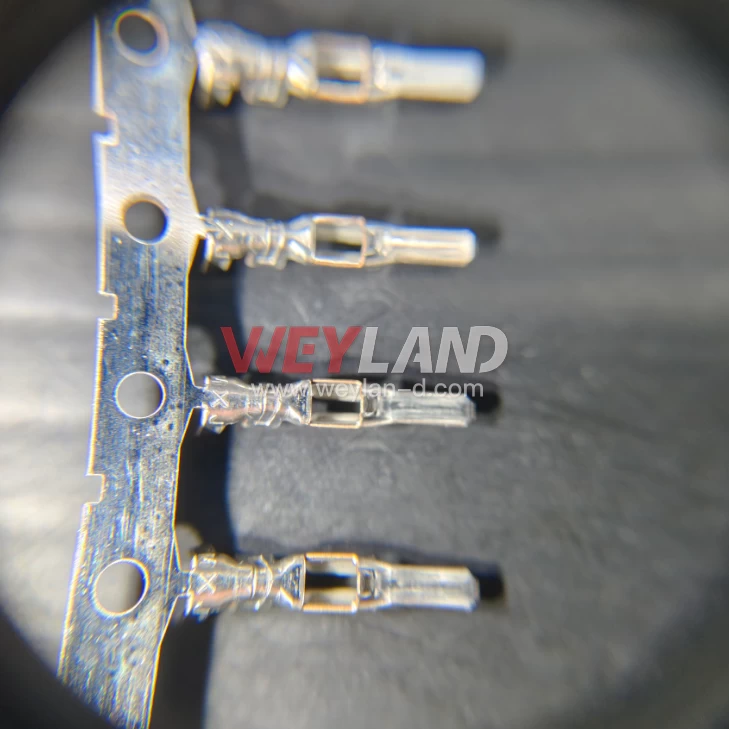
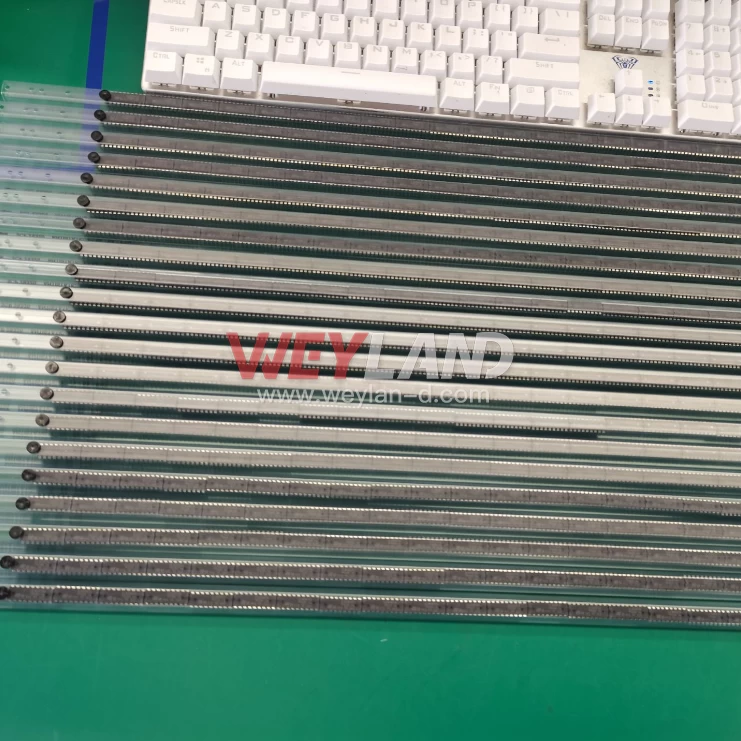
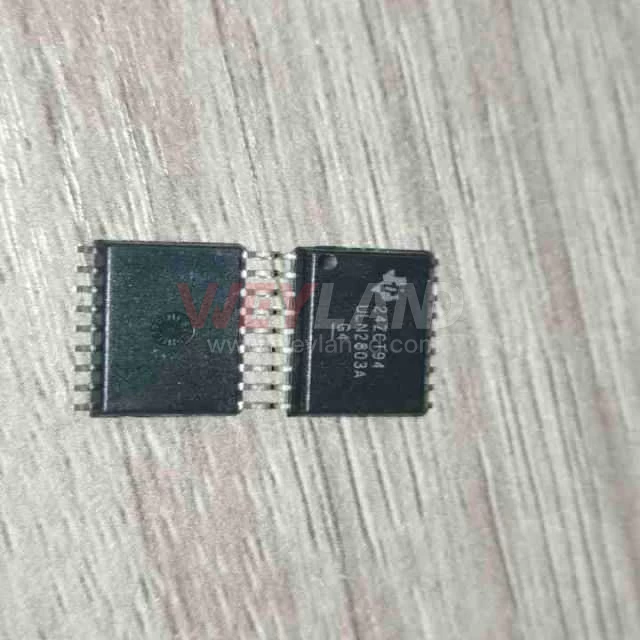

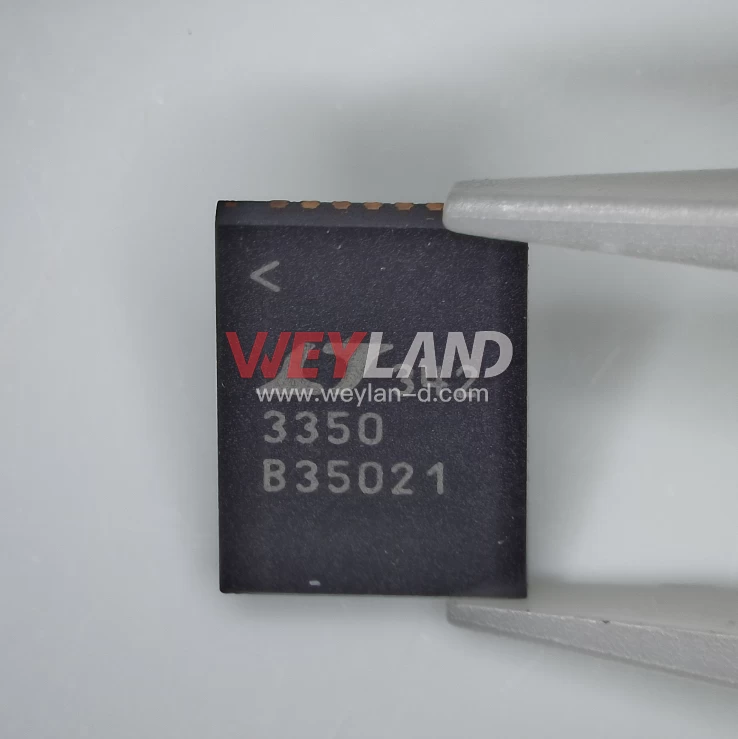
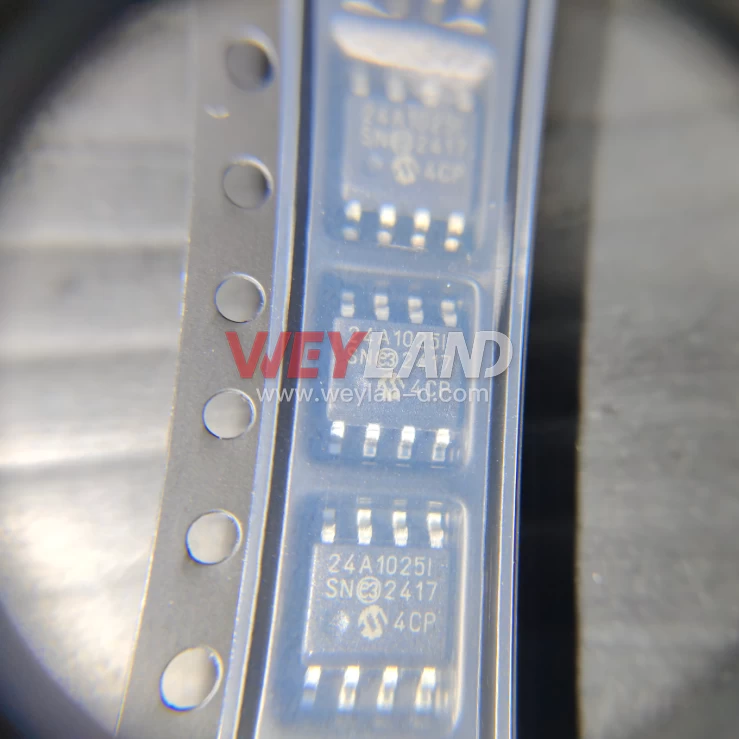

.9246509.png)












[email protected]
7500A BEACH ROAD #04-307 THE PLAZA SINGAPORE (199591)
RM 705.7/F.FA YUEN COMM BLDGNO.75-77.FA YUEN STREET.MONGKOK.KLN.HONG KONG
